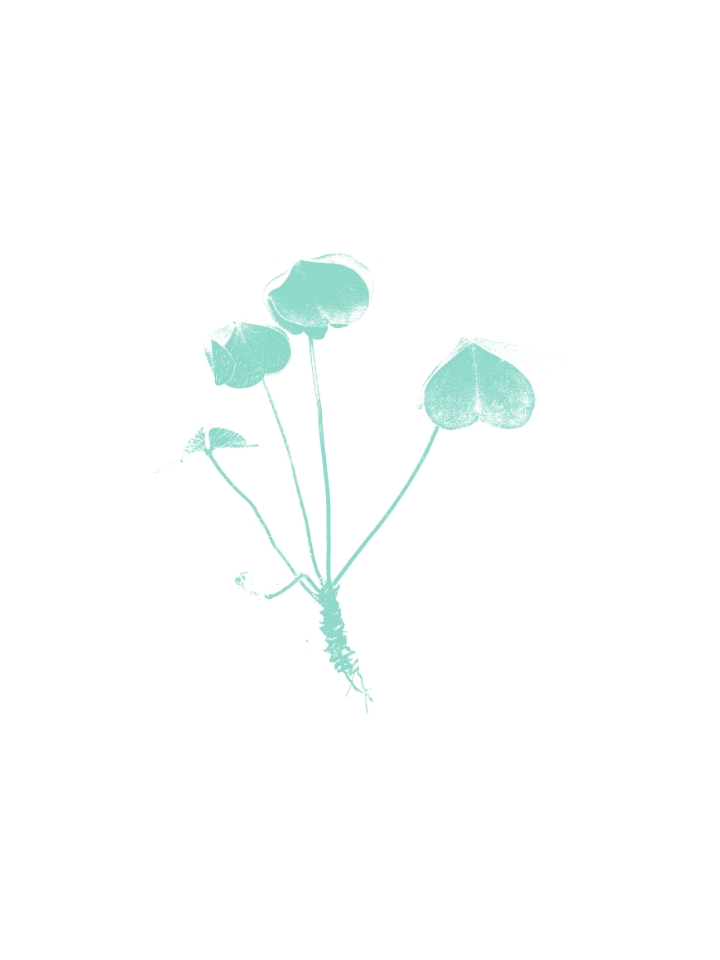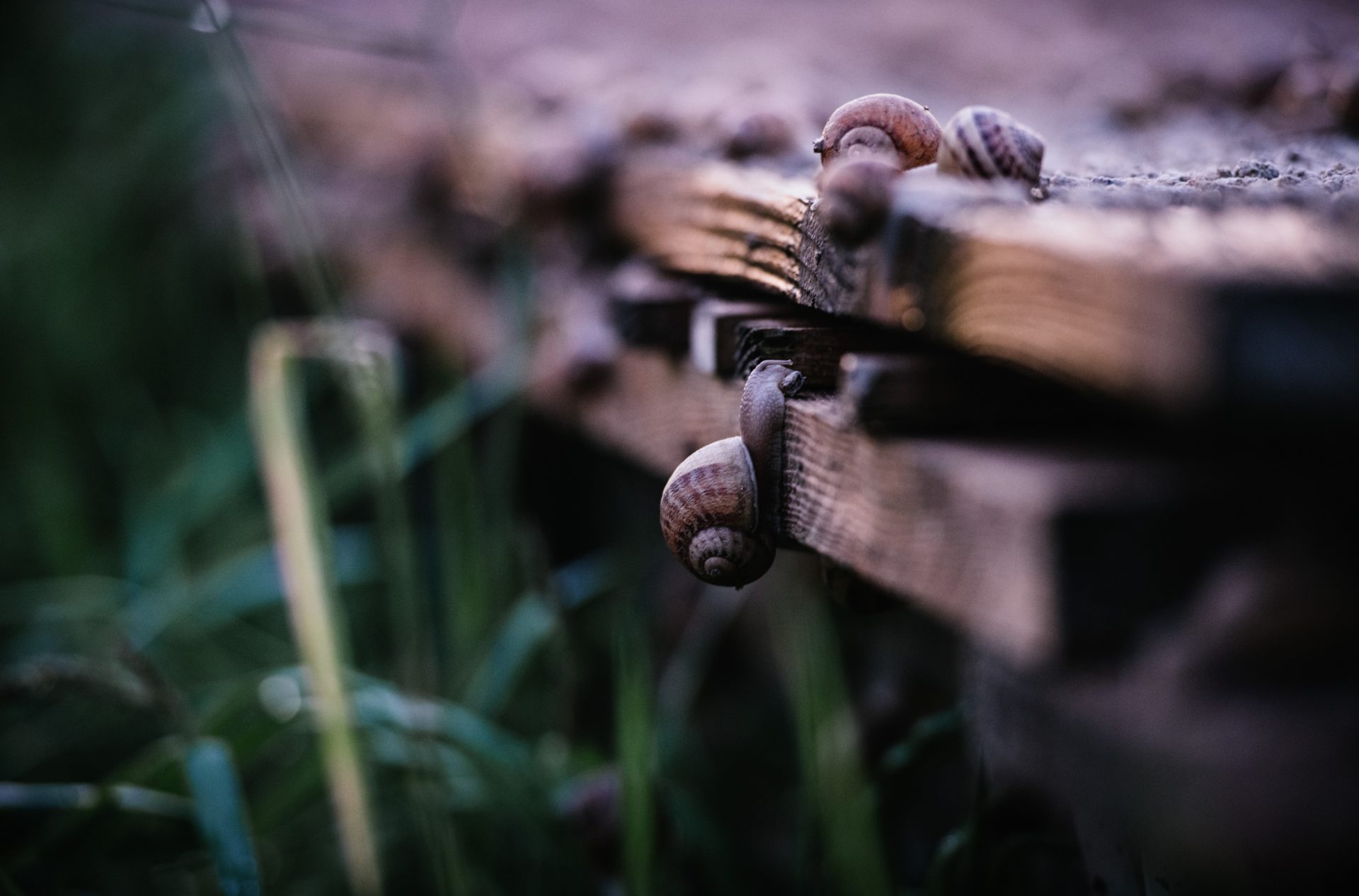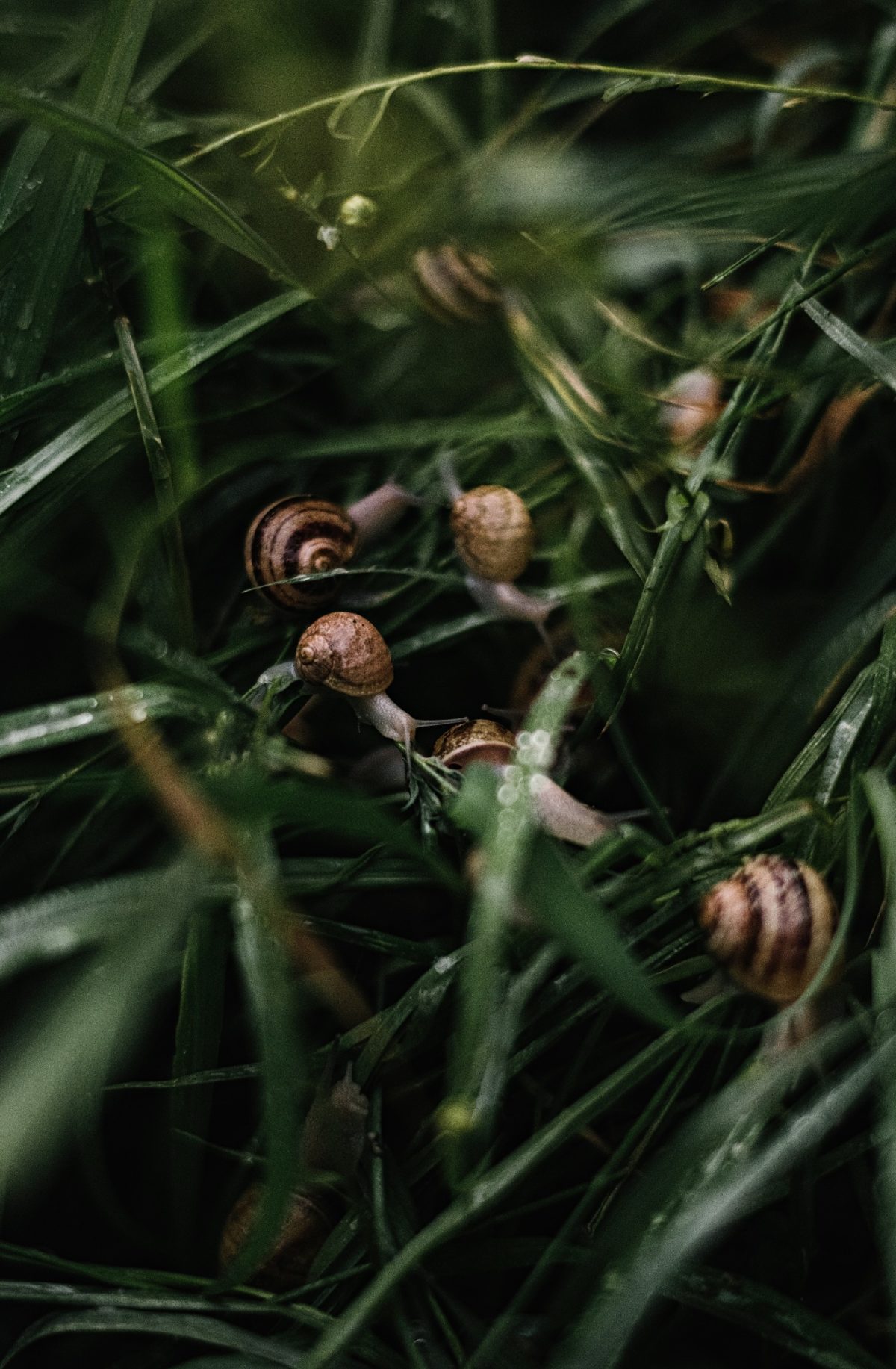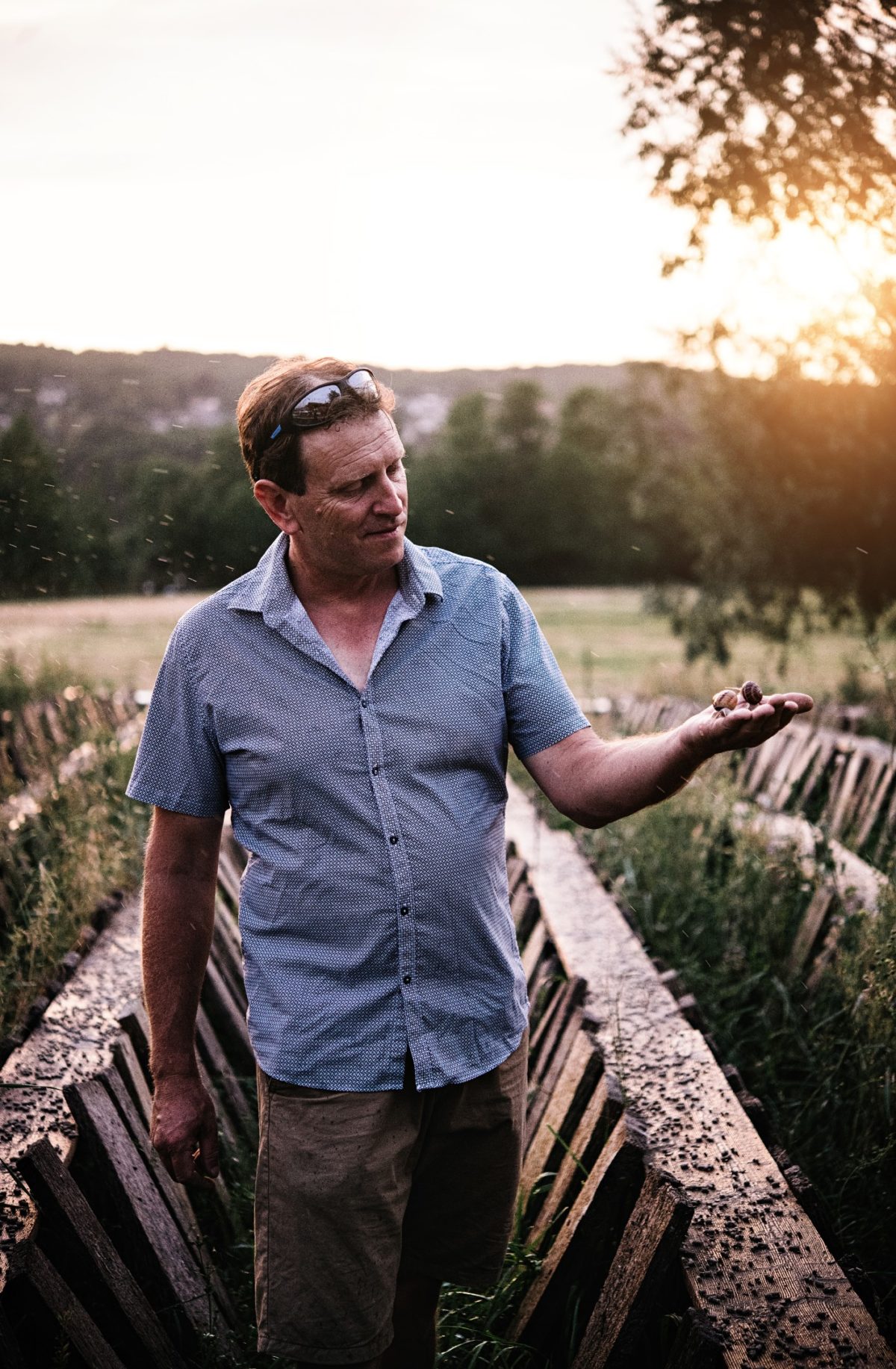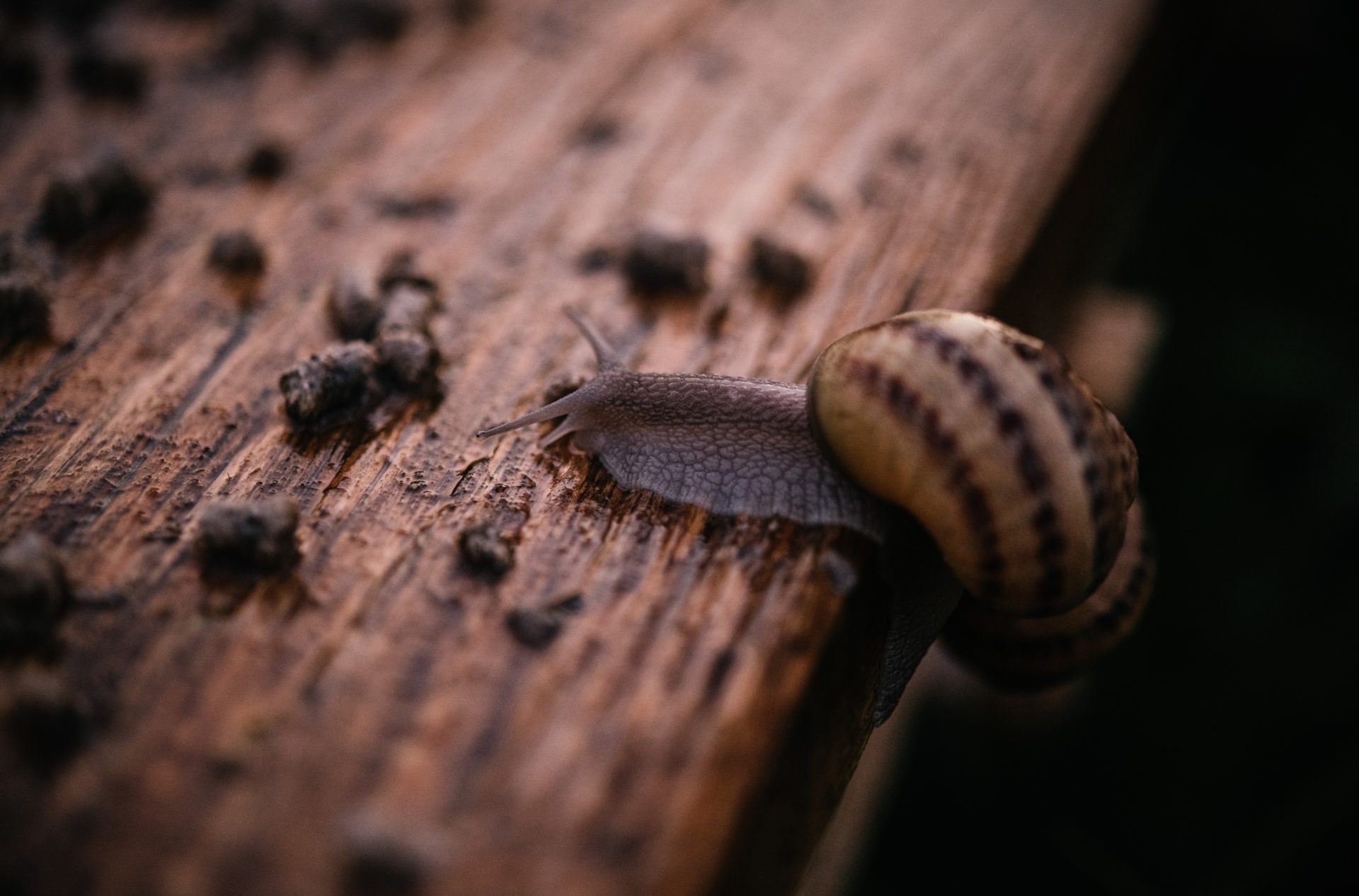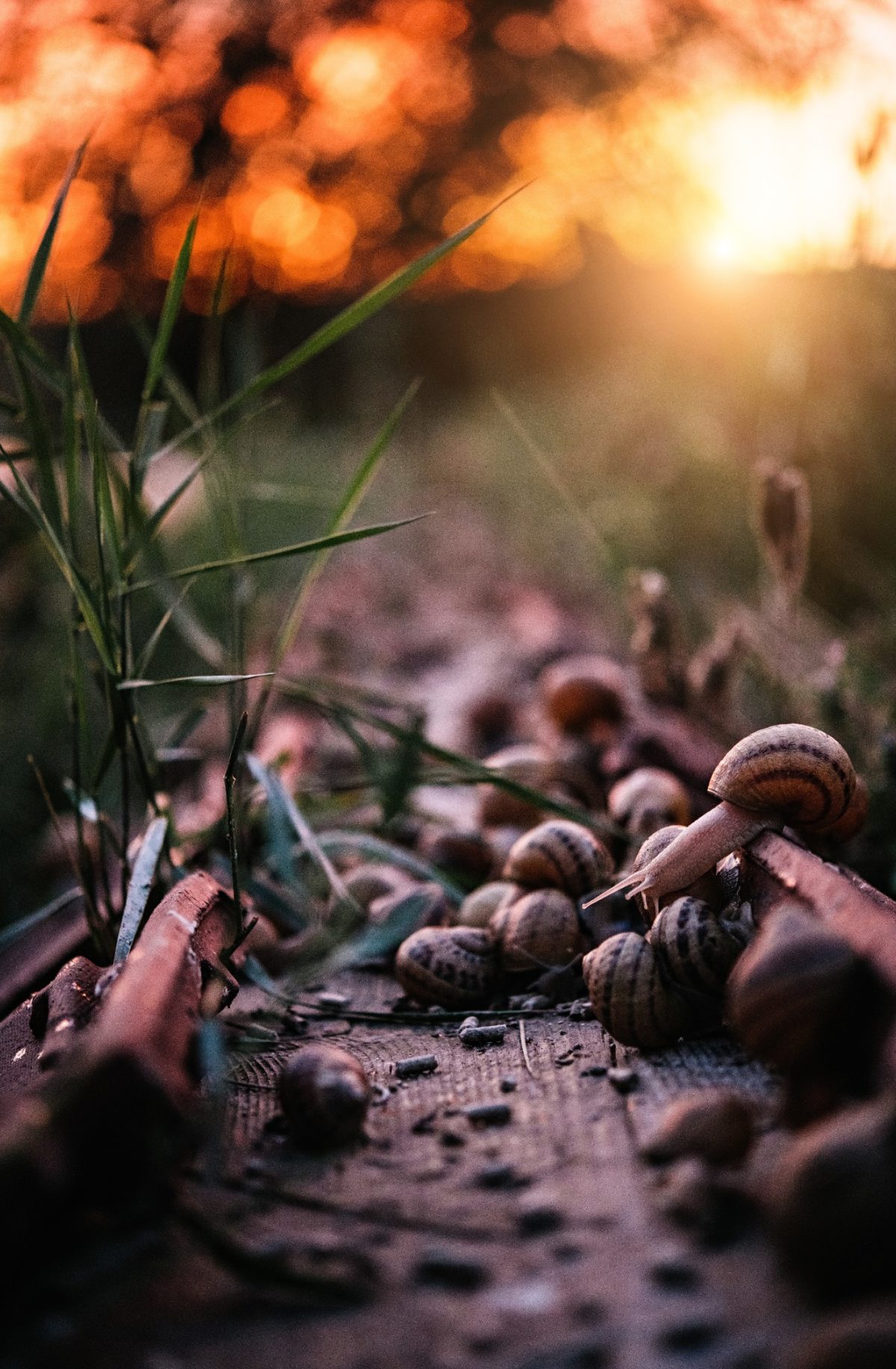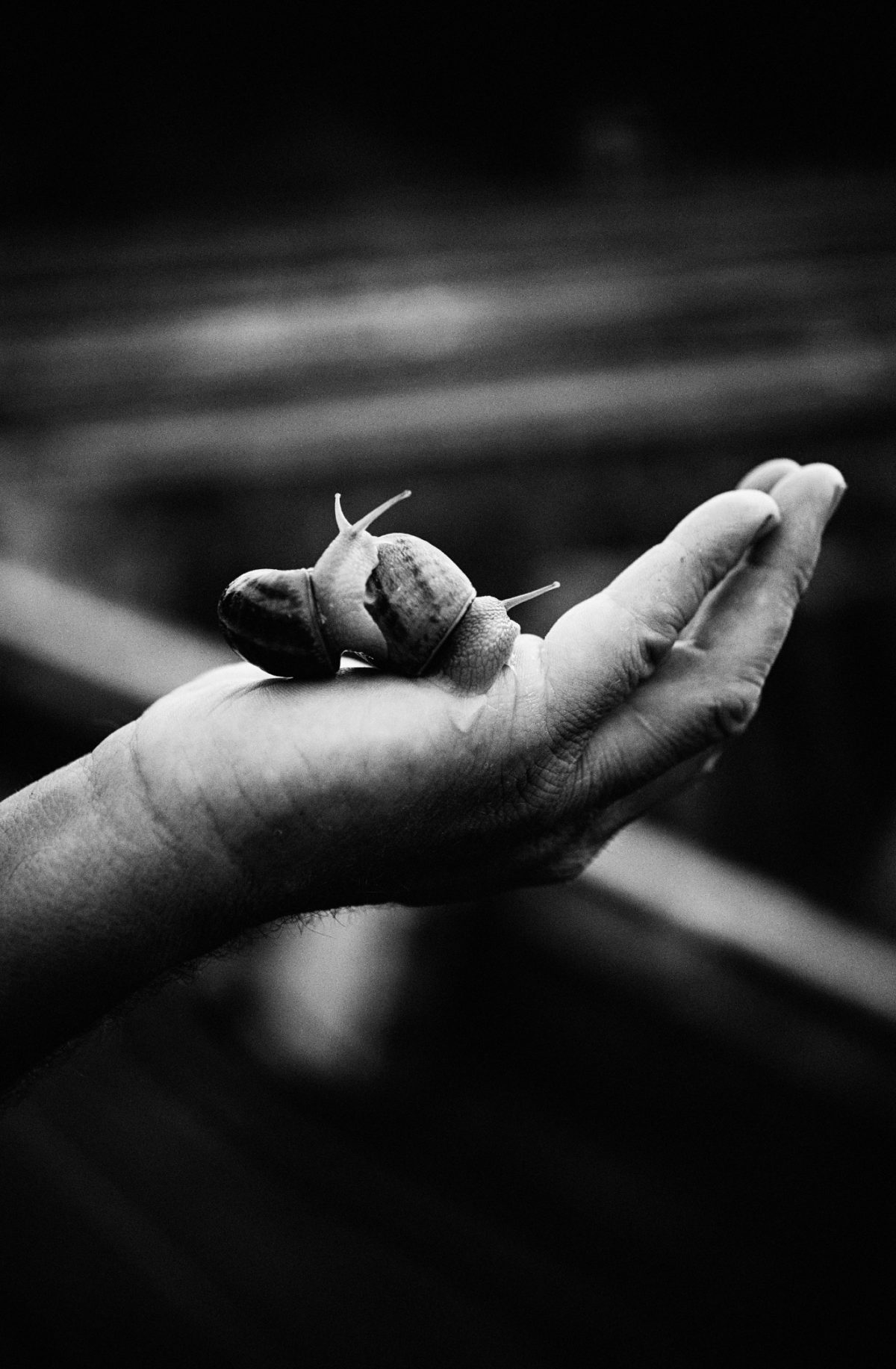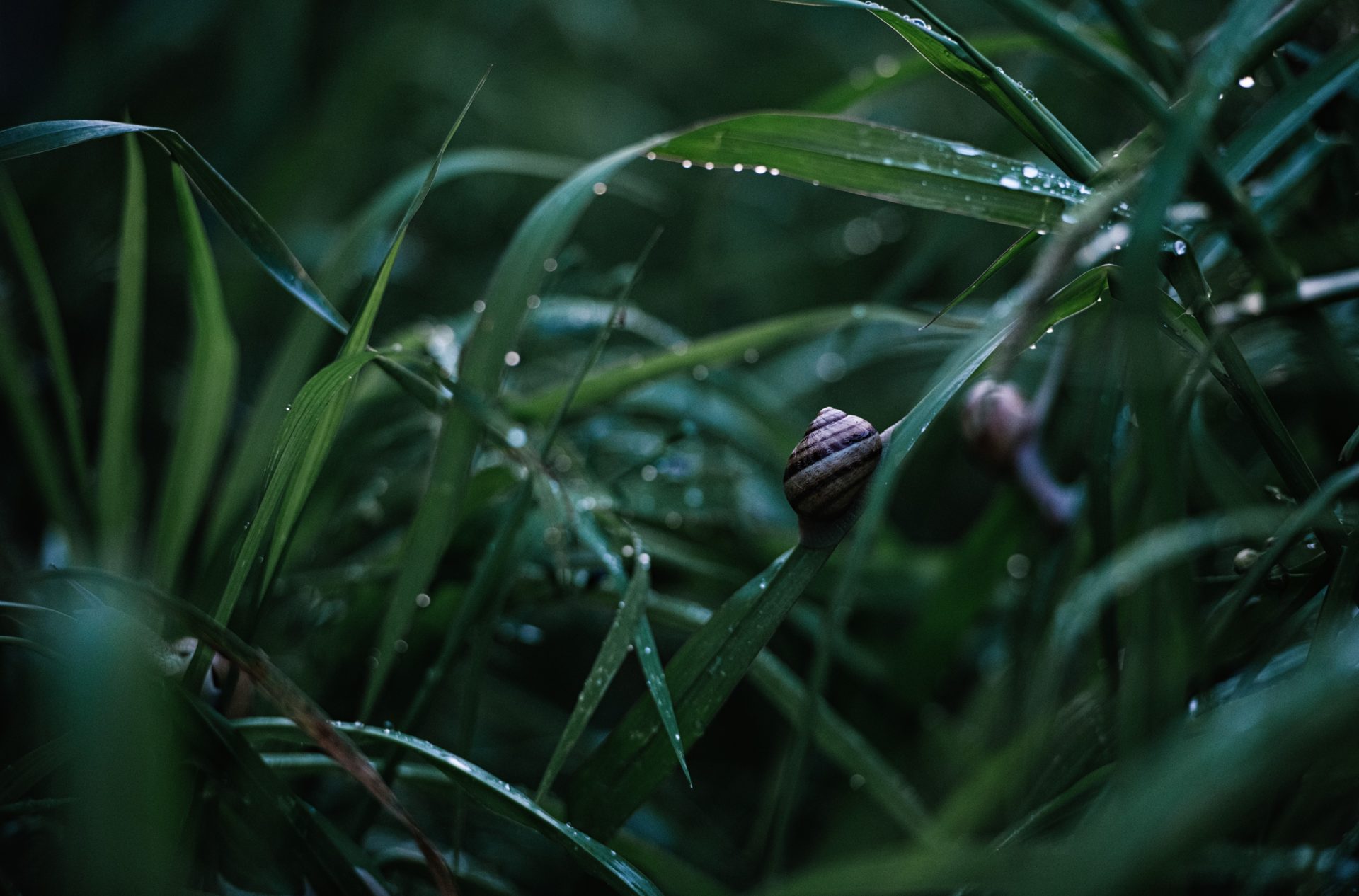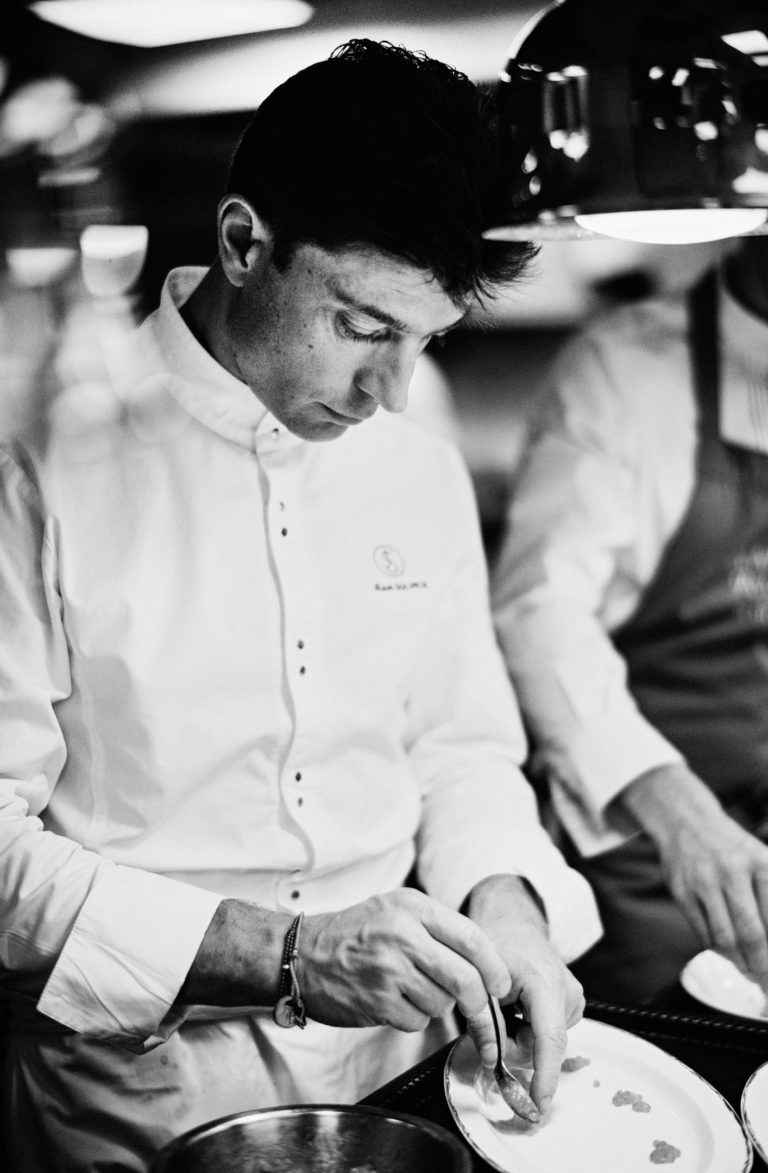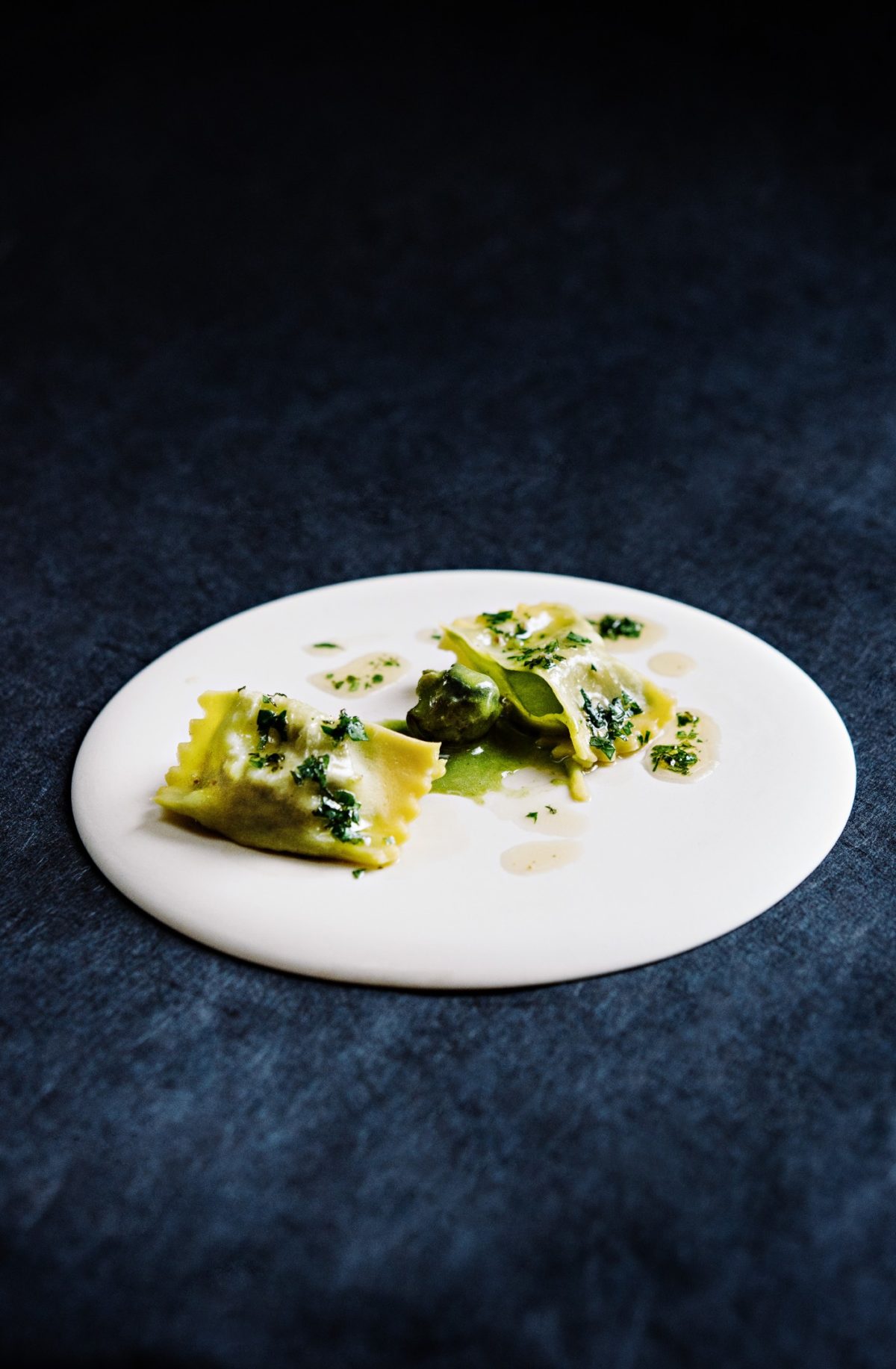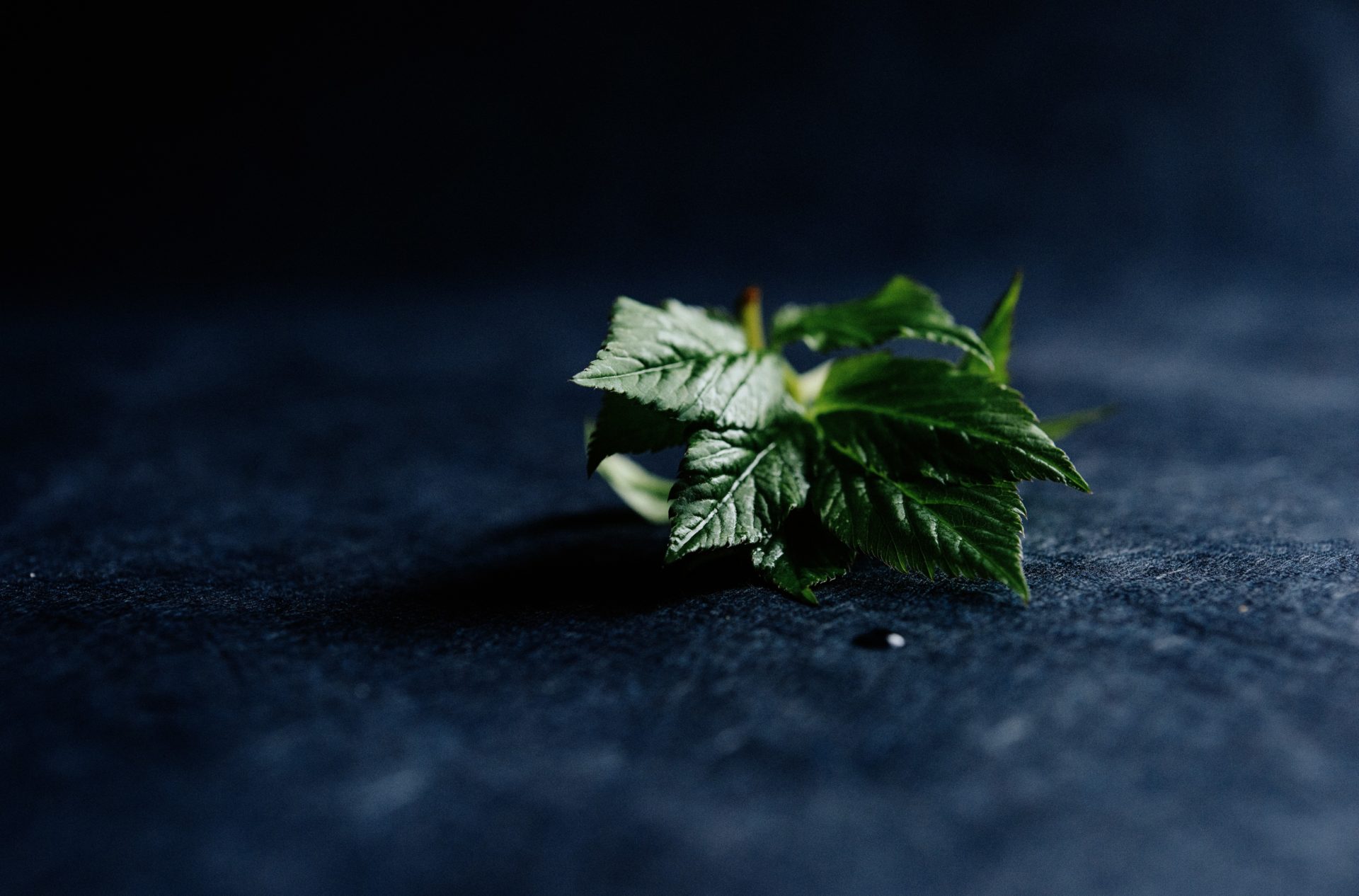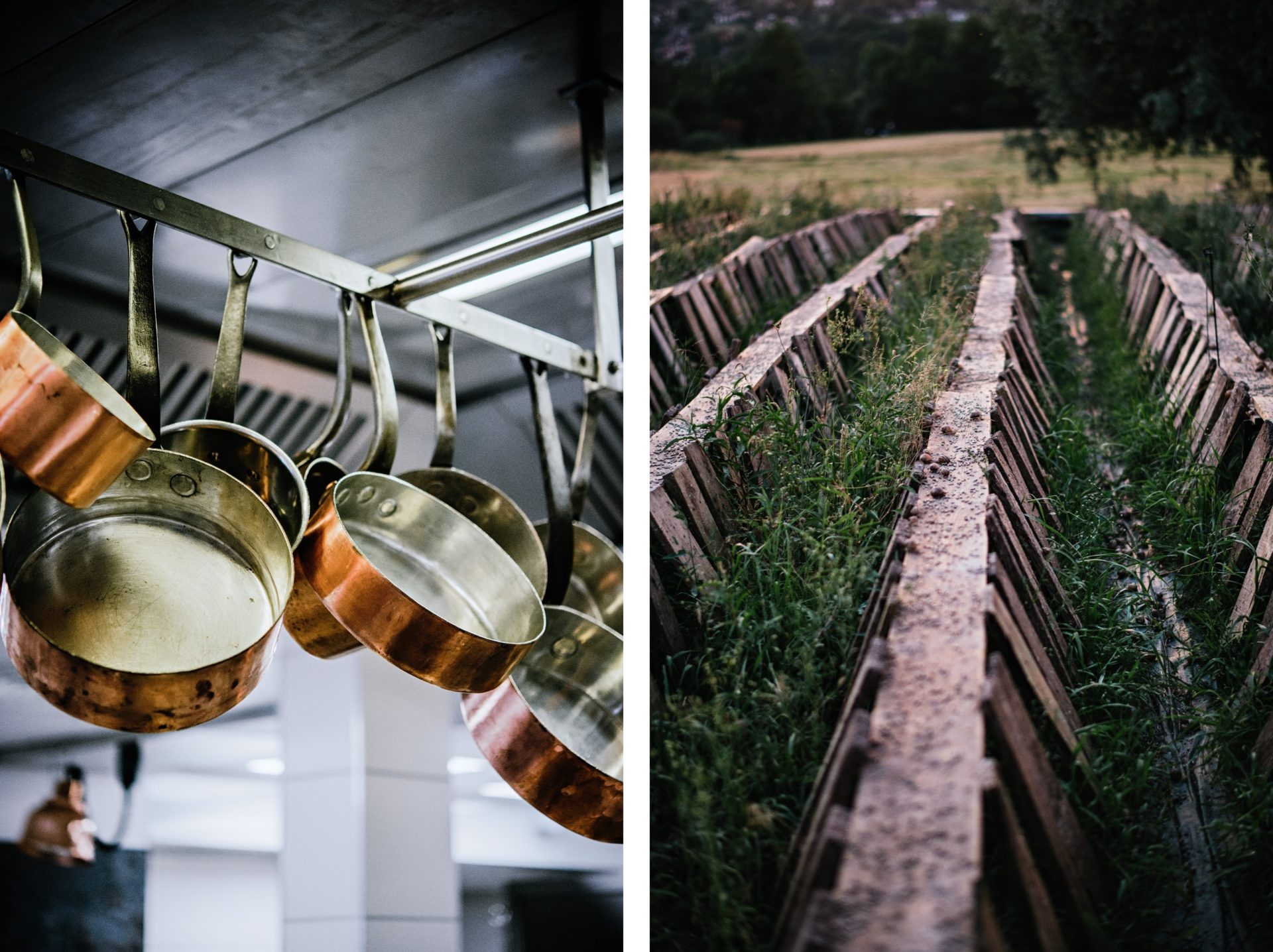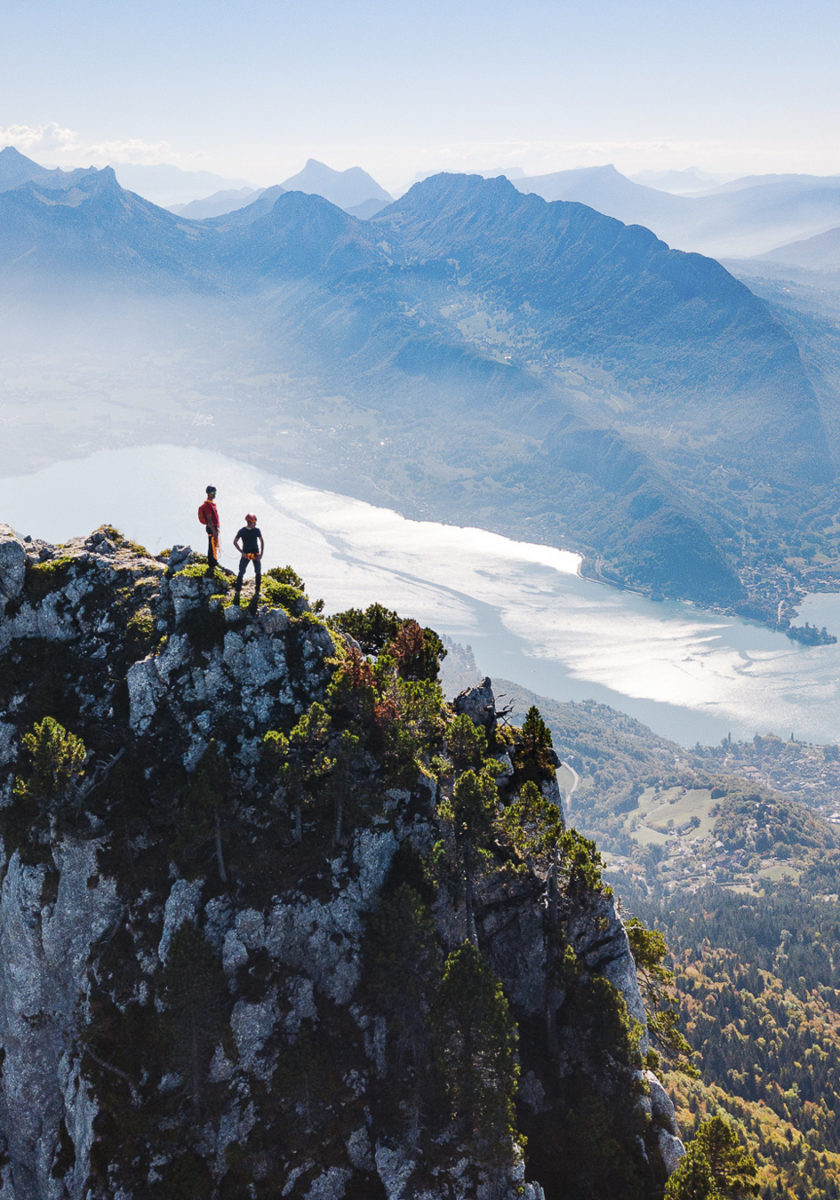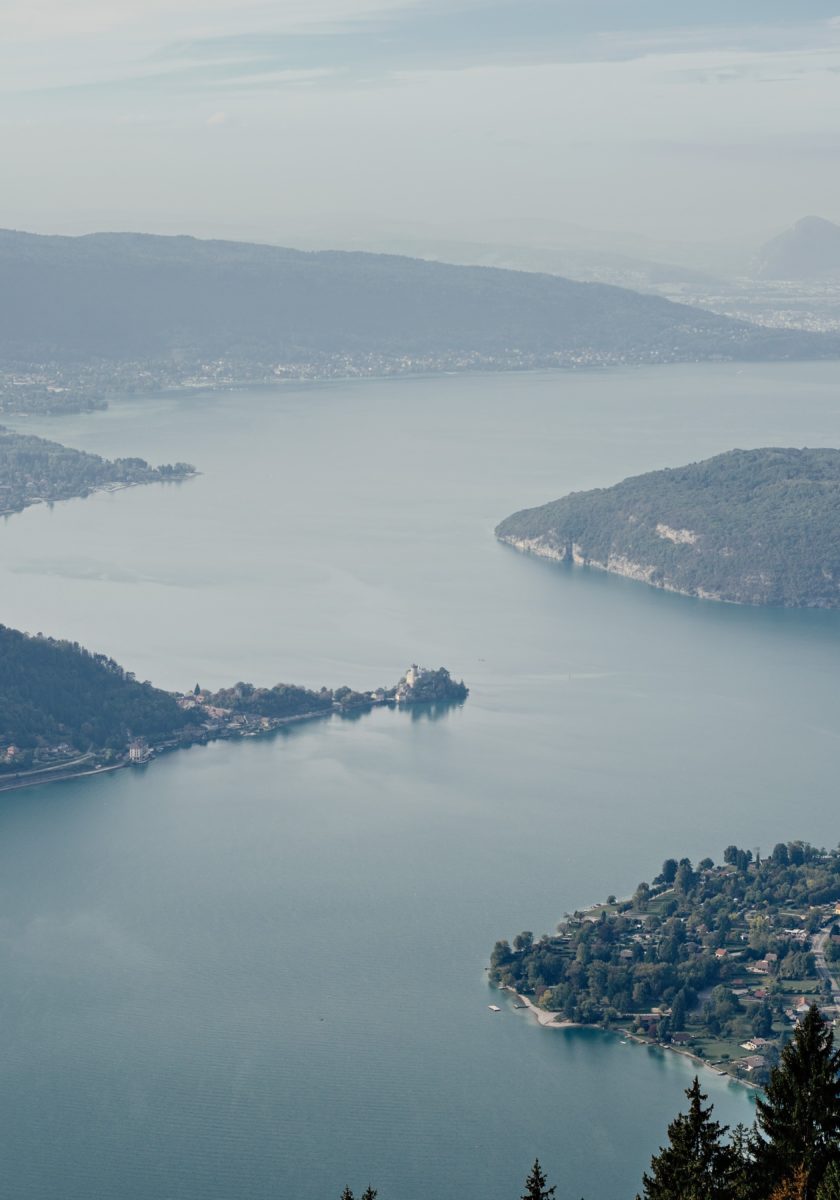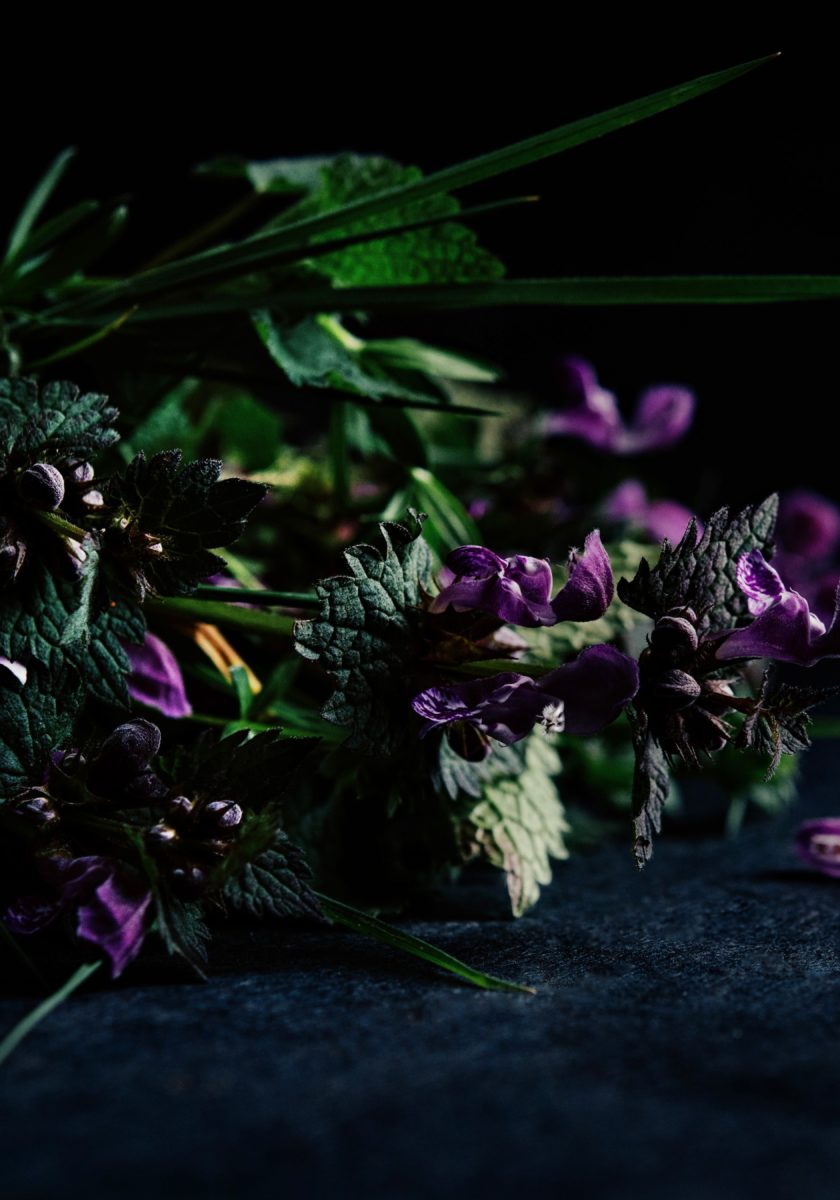A treat enjoyed in many countries around the world, the snail is a true French speciality, and not exclusively from Burgundy. The legend was born in 1814 when Talleyrand, Napoleon’s intendant, met with Russian Tsar Alexander in Burgundy. Snails were on the menu during a sumptuous lunch prepared by great chef Antonin Carême the first in history to bear the title of chef. Impressed, the Tsar would play a large part in the dish’s reputation upon his return to Moscow, contributing to its association with a specific region and recipe still relevant today: garlic, parsley, butter, salt and pepper.
In the 1970s, this species of snail slowly went extinct in Burgundy because of intensive harvesting and the increasing use of pesticides. Today, the vast majority of snails consumed in France are imported from abroad.
For chef Jean Sulpice, it would be unthinkable to bring in resources from abroad when our country counts no less than five hundred species (although not all of them are edible). The quality of snails as an ingredient is directly linked to production methods and terroir characteristics. Jean Sulpice first discovered this know-how through Philippe Héritier’s wines. Only later would he encounter his snails.
For chef Jean Sulpice, it would be unthinkable to bring in resources from abroad when our country counts no less than five hundred species (although not all of them are edible). The quality of snails as an ingredient is directly linked to production methods and terroir characteristics. Jean Sulpice first discovered this know-how through Philippe Héritier’s wines. Only later would he encounter his snails.
